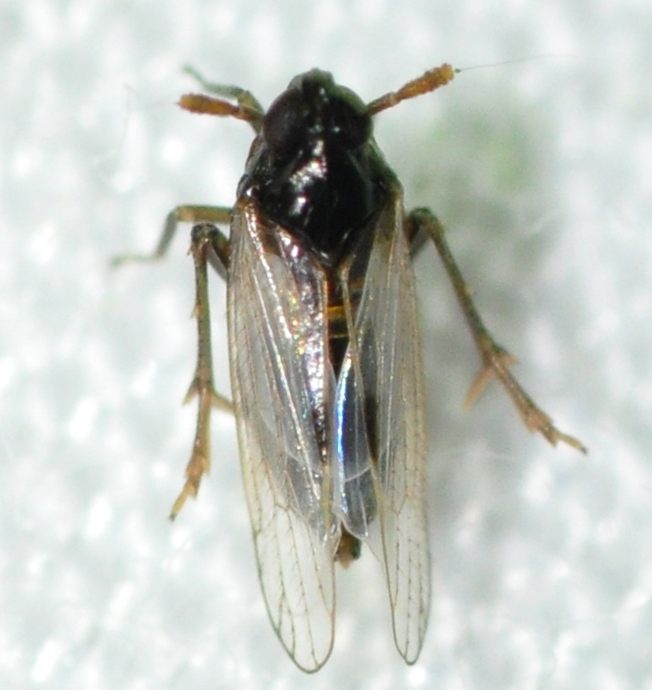| description |
A very dark, glossy black species with a yellow to orange clypeus, antennae, and legs. In brachypters, the wings are dark. However, some individuals can seemingly have a dark clypeus (seen in a probable dark macropter). Females are sexually dimorphic, being much paler and typically uniform white to yellow or light brown in color. Note that male brachypters are around 2.35 mm long while females are around 2.84 mm. (K & B, 2013) |
Species Photo Gallery for Flavoclypeus nitens No Common Name |
 | Photo by: Kyle Kittelberger, Brian Bockhahn
Washington Co.
Comment: open forest habitat; "Since the clypeus is not pale, that takes care of most of the flavoclypeus species except that it could be a dark Flavoclypeus nitens (was Delphacodes) - what troubles me about that is that I can not confirm that nitens has the spot on the wing at the apex of the clavus" CB | 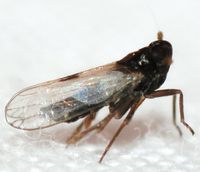 | Photo by: Kyle Kittelberger, Brian Bockhahn
Washington Co.
Comment: open forest habitat; "Since the clypeus is not pale, that takes care of most of the flavoclypeus species except that it could be a dark Flavoclypeus nitens (was Delphacodes) - what troubles me about that is that I can not confirm that nitens has the spot on the wing at the apex of the clavus" CB |
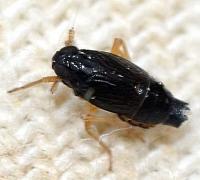 | Photo by: Paul Scharf
Warren Co.
Comment: Caught sweeping |  | Photo by: Rob Van Epps
Mecklenburg Co.
Comment: Caught sweeping in grassy field. |
 | Photo by: Rob Van Epps
Mecklenburg Co.
Comment: Caught sweeping in grassy field. | 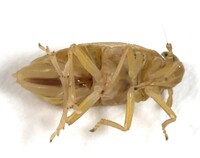 | Photo by: Rob Van Epps
Mecklenburg Co.
Comment: Caught sweeping in grassy field. |
 | Photo by: Rob Van Epps
Mecklenburg Co.
Comment: Caught sweeping in grassy field. | 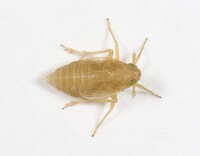 | Photo by: Rob Van Epps
Mecklenburg Co.
Comment: Caught sweeping in grassy field. |
 | Photo by: Rob Van Epps
Mecklenburg Co.
Comment: Caught sweeping in grassy field. | 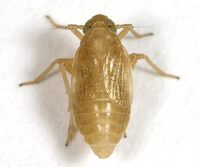 | Photo by: Rob Van Epps
Mecklenburg Co.
Comment: Caught sweeping in grassy field. |
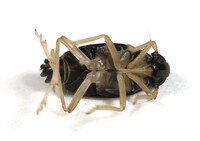 | Photo by: Rob Van Epps
Mecklenburg Co.
Comment: Caught sweeping in wet, grassy open area in wet woods. rnApproximately 2.8mm. |  | Photo by: Rob Van Epps
Mecklenburg Co.
Comment: Caught sweeping in wet, grassy open area in wet woods. rnApproximately 2.8mm. |
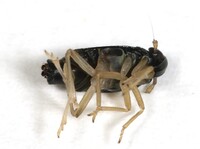 | Photo by: Rob Van Epps
Mecklenburg Co.
Comment: Caught sweeping in wet, grassy open area in wet woods. Approximately 2.8mm. Male | 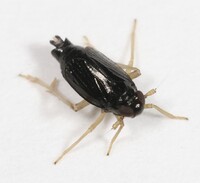 | Photo by: Rob Van Epps
Mecklenburg Co.
Comment: Caught sweeping in wet, grassy open area in wet woods. Approximately 2.8mm. Male |
 | Photo by: Rob Van Epps
Mecklenburg Co.
Comment: Caught sweeping in wet, grassy open area in wet woods. Approximately 2.8mm. Male |

 »
»
